
Paradoxical though it may seem, there are huge business opportunities in countries with large numbers of poor people. The opportunities for businesses to profit are even more lucrative when such populations happen to live in clusters. All modern emerging markets (China, India, Brazil and Indonesia) have risen from a base level where large segments of their populations were living in poverty.
Pakistan is not an exception to this general trend in the global economy. The major difference between Pakistan and other emerging economies is that the latter are attempting to benefit from accelerated growth normally associated with lower base level economic activity. In Pakistan, the political elite (many of whom happen to come from a business background) attempt to benefit from higher profits that accrue from shifting the burden of inflation onto end users. Lucrative as it may seem in the short run, it is definitely unsustainable in the long term.
In a country like Pakistan, there is huge scope for development of social enterprises. Some business groups have already identified the scope and potential of working with the poor, and have established microcredit institutions such as micro-finance banks.
Indeed, it is very lucrative to borrow funds (from mainstream sources or from multilateral donors) at lower rates of interest, and lend them on to the credit-starved poor at substantially higher rates. This is why many analysts now believe that the microcredit business works only for the benefit of lenders, and in fact, has increased indebtedness in communities without sustainably improving living standards. The trend in Pakistani microcredit theory is an extension of a flawed argument that will have little impact on the sustainability of income levels of targeted communities, as evidenced by the failure of similar programs in other parts of the world.
An alternative model could be based on what may be termed “micro-private equity,” also known as venture philanthropy in some parts of Europe. The model emphasises creation of businesses for immediate and ultimate beneficiaries. Such businesses – called social enterprises – must be managed by professional managers and run as for-profit organisations.
Micro-private equity attempts to create or acquire businesses and/or assets for under-privileged communities, and offers employment as well as shareholding opportunities to them. It is based on the assumption that not everyone is a born entrepreneur; hence, merely providing access to capital is not sufficient in helping individuals come out of poverty and start earning on a sustainable basis. Most poor people are uneducated and may lack basic skills of literacy and numeracy. Providing capital to them to ‘establish’ sustainable businesses may be too much to ask of them.
Moreover, providing credit to scores of people in a local community, who may end up doing more or less the same kind of activities (milk production, shoe stitching, farming, etc), is not efficient at all. For example, twenty women, each of whom owns a cow, would produce a certain amount of milk but at higher cost than a dairy farm; which will benefit from economies of scale, effective management and operations, better terms of trade and stronger negotiation power in marketing and sales.
A micro-private equity model will therefore attempt to develop a dairy business (by employing local people and offering shareholding opportunities to the more productive and committed among them), rather than lend to twenty individuals who may end up simply buying more cows to enhance milk production (and hence profits). Developing such an activity as part of a national conglomerate of businesses would also benefit from the branding of products.
The question arises if there is something to be learnt from the Fauji Foundation model, or if we should continue with the existing micro-finance banks and their outdated theories, which operate on modern methods of usurious money lending; classically preying on the less privileged of the rural areas.
The writer is an economist and PhD from Cambridge University.
Published in The Express Tribune, April 2nd, 2012.





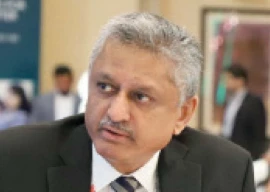
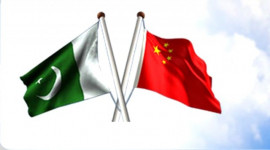
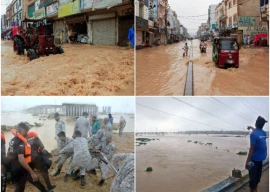

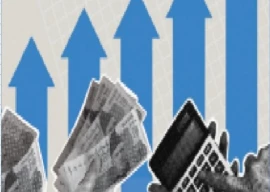




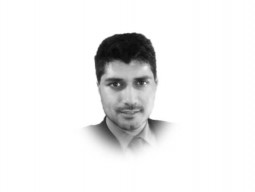

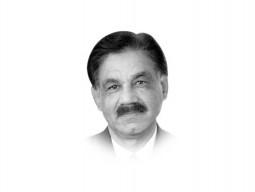


COMMENTS
Comments are moderated and generally will be posted if they are on-topic and not abusive.
For more information, please see our Comments FAQ